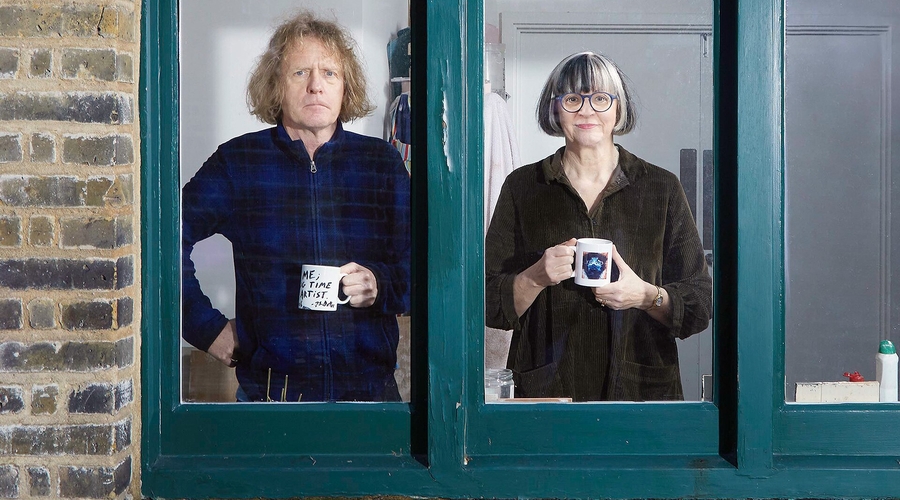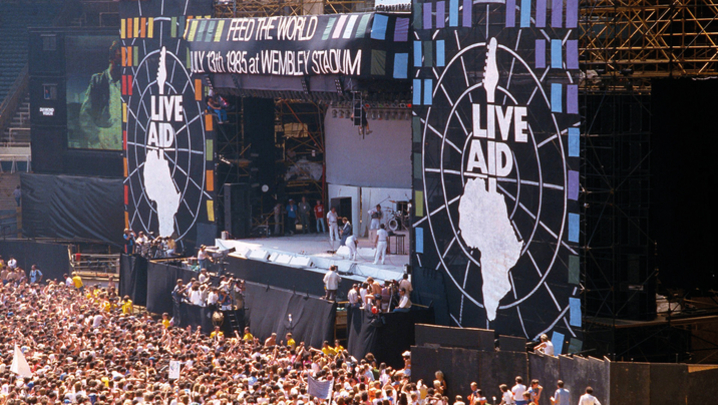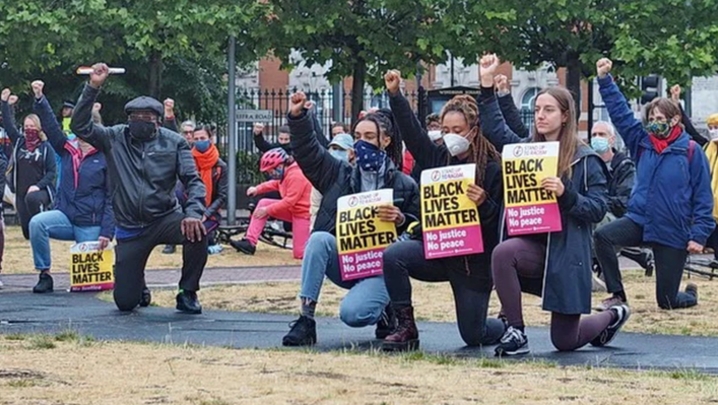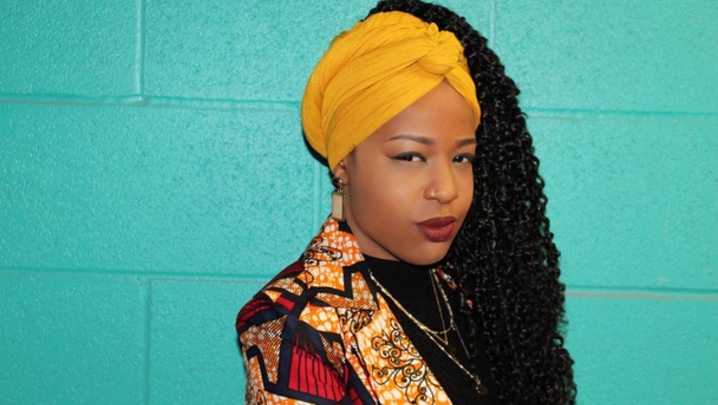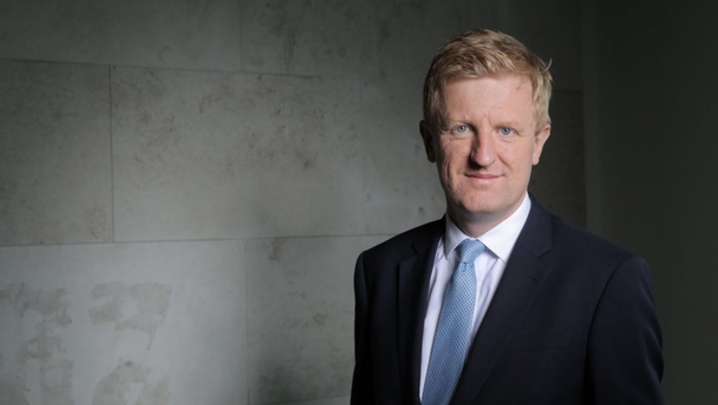The arts are everywhere on TV. But is it a golden age? An RTS London debate sifted the evidence.
Lockdown left its mark on TV coverage of the arts: Sky Arts went free-to-air, while Channel 4 scored a zeitgeist hit with Grayson’s Art Club and the BBC gave us its Culture in Quarantine initiative.
But are we really living through a golden age of arts on TV? This was the question posed by an enthralling RTS discussion chaired by Tim Marlow, CEO and director of the Design Museum – himself a one-time presenter of Channel 5 arts shows. The panel boasted arts commissioners from the BBC, Channel 4 and Sky Arts and the co-founder and CEO of Marquee TV, the performance arts streaming service.
Sky Arts, which took down its paywall in September 2020, offers viewers a wide range of arts shows across rock, pop and classical music, dance, architecture, the visual arts and more. “Our passion is to bring arts to everyone,” said Sky Arts commissioning editor Barbara Lee. “Our programmes are very diverse and so is our audience. We’re the only dedicated arts channel, so we have a huge audience to serve.
“We know people don’t come to sit on the channel all night. They come to find the things that they like. We do everything from Glyndebourne to grime.…There’s something for everyone.”
Tent-pole shows such as Portrait Artist of the Year attract big audiences. The aim has been to foster more participation in the arts and promote inclusivity and thus represent a diversity of voices from across the UK, explained Lee.
Audiences respond to niche programmes, not least the Bafta-winning Life & Rhymes, a socially distanced celebration of the spoken word, hosted by Benjamin Zephaniah. “Shows like this aren’t going to hit a million but that’s not going to bother us. We’re not commercially driven,” said Lee.
Simon Walker, who runs Marquee TV, said there was a market for a dedicated global brand focused on the performing arts and culture on-demand. While his platform is in its start-up phase and his budget a fraction of the broadcasters in the room, Walker’s Marquee is rising fast. “We have subscribers in 120 countries, so we’ve obviously tapped into something,” he said. “We are unashamedly about performing arts and work closely with arts organisations to help them do digital, and also commission works that will go on tour.”
Controversially, Walker thought that viewers didn’t want more choice but rather “better things” – and “a hand to guide them through”, especially for “people who don’t know their arias from their elbows”. He added: “We’re trying to make Marquee a brand that is your ultimate arts companion. It is digital first and content-led but it could be more than that.” For instance, Marquee Premium members get discounts on theatre tickets and even travel.
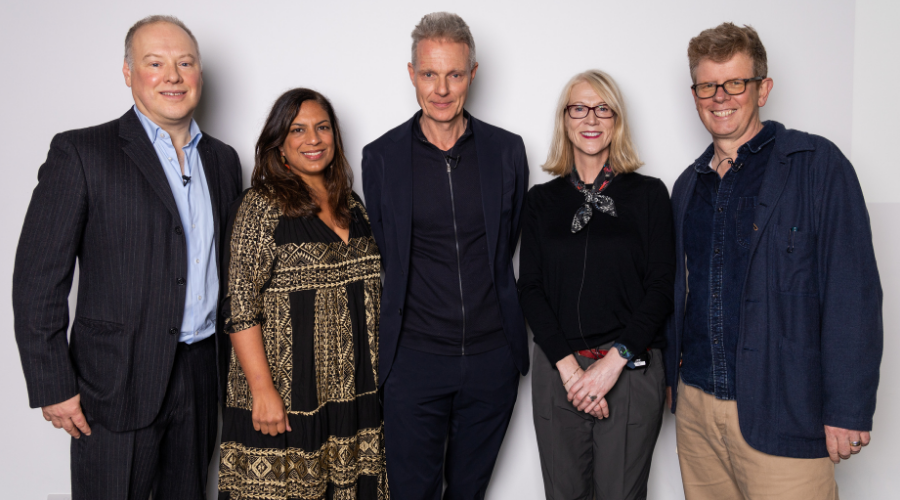
At Channel 4, commissioning editor Shaminder Nahal revealed that she had been somewhat surprised by the impact of Grayson’s Art Club on audiences housebound thanks to the pandemic.
The show started as “quite a small idea” developed by Neil Crombie at Swan Films, who had worked on all of Grayson Perry’s previous TV programmes. By halfway through series 1, the public’s enormous response to the show, which is co-presented by Perry’s wife, Philippa, was clear: 10,000 people sent in their artwork made during lockdown to be appraised by the cross-dressing potter. There has also been a hugely popular exhibition based on the show, staged first at Manchester Art Gallery and now at Bristol Museum & Art Gallery.
“Art Club grew beyond a TV show.… It started to ask lots of other questions about what arts TV is for and how it can help us, and where we go from here.
“That can sound a bit pretentious, but it genuinely did help a lot of people who were struggling in lockdown. It felt like we were unwrapping lots of feelings and shared experiences that felt new.”
She added: “When you ask, ‘Is it a golden period for TV arts?’, I think it is a golden period for how we think about art and TV in art. It’s an interesting challenge. We’ll all have to try and come up with some answers.” Nahal promised “some amazing shows that will tell us profound things about what we’ve been through”, as (hopefully) the worst of the health crisis in the UK moved into the rear-view mirror.
At the BBC, commissioning editor Mark Bell said that arts documentaries could themselves be an art form. He recalled being inspired to work in TV after seeing such programmes as the 1996 Arena classic The Burger and the King, the inventive film that examined Elvis Presley’s addiction to junk food.
He said: “TV arts programmes are more than a conduit between the arts and the audience. Television-makers do something quite special. Television is an art form… and, at its best, what it does is to make a case for the arts, it humanises the arts and does all sorts of different things in different ways that electrify the arts in an almost alchemical way.”
But with BBC Four – once a beacon for arts programmes – strapped for cash, the corporation’s priorities in the cultural arena are evolving. As Marlow pointed out, it’s a long way from the days of The Late Show, the eclectic five-nights-a-week, post-11:00pm BBC Two arts magazine hosted by the likes of Tracey MacLeod and Michael Ignatieff in the 1990s.
“Nowadays, we’re more focused on iPlayer than channels and we’re working out how best to deliver that,” explained Bell. “When you look at the audiences that keep coming back to BBC One, a programme such as Fake or Fortune? does very well. It’s a programme that isn’t a pure arts programme in the traditional sense but brings television storytelling to stories about art. At the other end of the range are pure arts documentaries driven by artists or about artists. I think it is about doing a range of things.”
Yet, even in an on-demand age, the linear-TV window remains important for arts TV, as Art Club demonstrated. “The thing I loved the most about Grayson’s Art Club was that it was on at 8:00pm on a weekday night and, for those who loved it, it was an event,” said Nahal.
“We’d get over 1 million people tweeting while they watched it and chatting to one another on Facebook. It was appointment to view. To me, it felt amazing to have an arts programme work at 8:00pm. It was something that we at Channel 4 hadn’t done for a long time.” Bell concurred: “I agree with Shaminder that broadcast is still the main event. Without the broadcast it’s just a drop.”
Report by Steve Clarke. ‘Are we living through a golden age of arts on TV?’ was an RTS event held in central London on 17 November. The producer was Phil Barnes.

